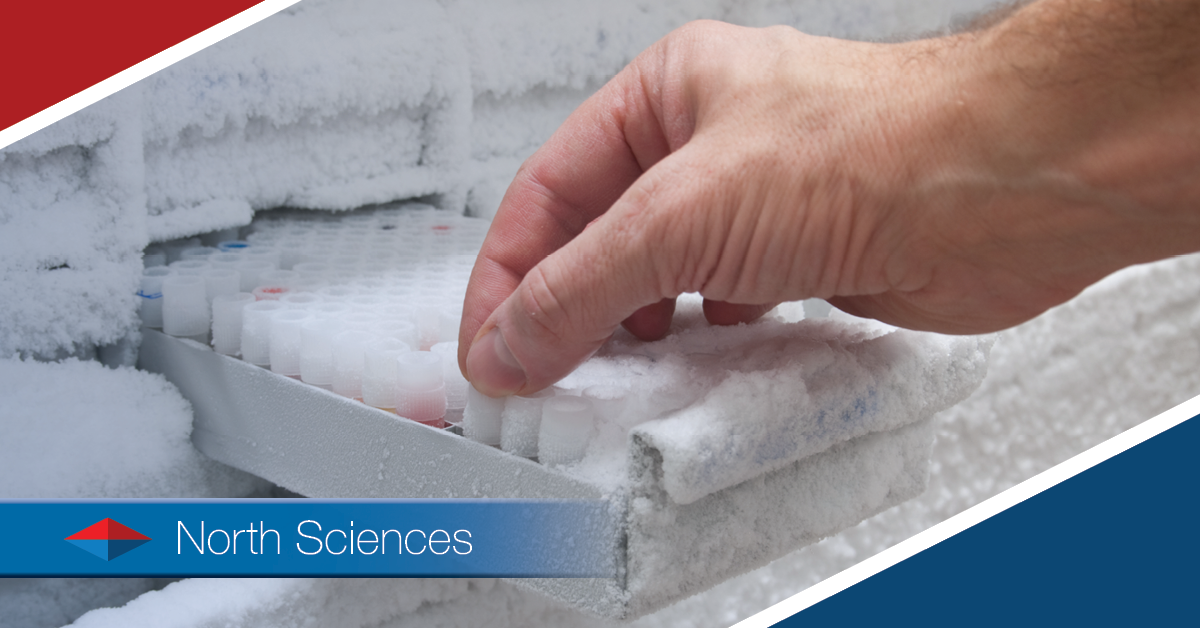Cold Does Not Exist

Refrigerators Do Not Produce Cold
If you have a lab refrigerator or an ultralow temperature (ULT) freezer, what is its temperature? ‘Cold’ is the first thing that will come to mind. And yes, it is true that refrigerators and freezers are cold.
However, they do not produce cold. In terms of physics, ‘cold’ is the absence of heat. The less heat is present in an environment, the colder it is.
Thus, a refrigerator is an environment with very little heat, and a ULT freezer is one with significantly less heat.
If an environment is completely devoid of heat, then its temperature is absolute zero (0 Kelvin or -273.15 degrees Celsius). This is the coldest possible temperature. At this point, all atoms and molecules stop moving. They have zero kinetic energy.
With this in mind, here is the correct way to think about how refrigerators work.
Removing heat from the system
Refrigerators and ULT freezers utilize substances called refrigerants to cool the inside. Refrigerants remove heat from objects inside the refrigerator, causing them to become cold.
Consequently, refrigerants gain heat in the process of cooling their surroundings. They cannot sustain heat transfer on their own.
For continuous cooling to occur, the warm refrigerant needs a way to cool down again. This is where a combination of chemistry and physics comes in.
Endothermic reactions
In thermodynamics, there are two basic types of chemical reactions: exothermic and endothermic. Exothermic reactions release heat as they take place. An example of this is lighting a match. When the match is struck on a rough surface, it ignites, producing a hot flame. This reaction releases heat into the surroundings.
Endothermic reactions, on the other hand, are the opposite. They absorb heat from the environment as they occur. This is how refrigerants cool the inside of a ULT freezer.
Evaporate, condense, repeat
Refrigerants cannot absorb heat from their surroundings forever. At some point, they will become warm and unable to absorb any more heat.
For that reason, refrigerants go through a cycle of evaporation and condensation. Refrigerants in liquid form are most effective in absorbing heat, during which they evaporate and turn into gas. This evaporation process is endothermic; thus, it cools the inside of the refrigerator cabinet.
Once the refrigerants are in gaseous form, they need to be condensed back into liquid to maintain the cooling process. Condensation, on the other hand, is exothermic, releasing heat into the environment. The condensing refrigerants radiate heat into the surrounding air, which is why the top and rear of a refrigerator always feels warm.
This process of evaporation and condensation repeats several times, allowing refrigerants to maintain the desired temperature inside the ULT freezer. Overall, the refrigerant transfers heat from the inside of the freezer to the outside.
The ‘cold’ inside the freezer is due to the removal of heat, which is transferred by the refrigerant to the outside environment.


